A Remembrance of those in the sky (Picture diary)
1 comments Posted by Ferris Valyn at Friday, January 29, 2010Today is NASA's Day of Remembrance. Its done to honor the astronauts lost during the Apollo 1 fire, the Challenger accident, and the Columbia accident
Note: - I will not be showing images of the actual accidents themselves. You can find that relatively easily on Wikipedia if you want
The Apollo 1 fire happened on January 27, 1967.
On board were Virgil I "Gus" Grissom, Edward H. White II, and Roger B. Chaffee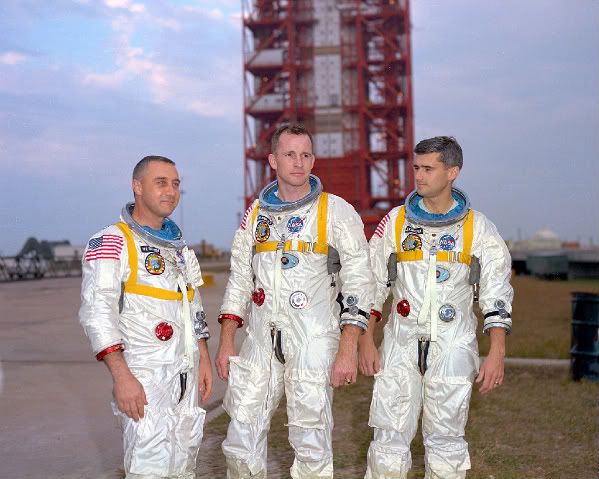
The Challenger accident happened on January 28th, 1986.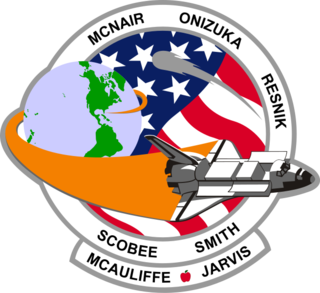
The crew consisted of Commander Francis "Dick" Scobee, Pilot Michael J Smith, Mission Specialist Ellison Onizuka, Mission Specialist Judith Resnik, Mission Specialist Ronald McNair, Payload Specialist Sharon Christa McAuliffe, and Payload Specialist Gregory Jarvis.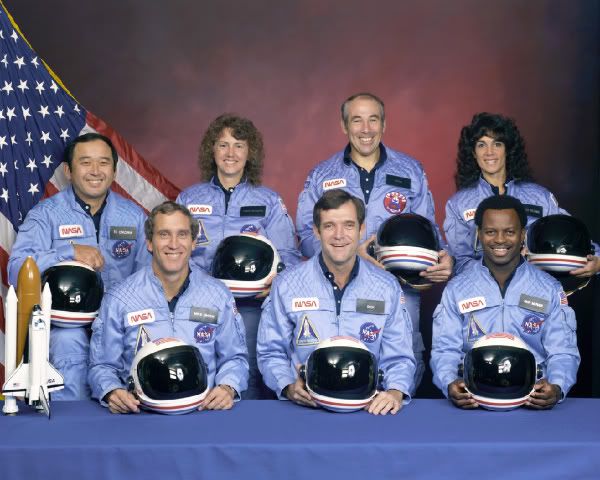
The Columbia accident happened on Feburary 1, 2003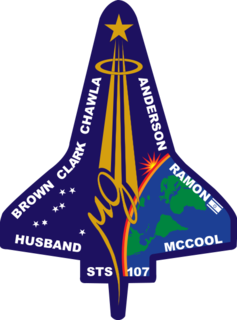
The crew consisted of Commander Rick Husband (Air Force Colonel), Pilot William McCool (Navy Commander),Payload Commander Michael Anderson (Air Force Lieutenant colonel), Payload Specialist Ilan Ramon (Israeli's first astronaut, Israeli Air Force Colonel), Mission Specialist Kalpana Chawla, Mission Specialist David Brown (Navy Captain), and Mission Specialist Laurel Clark (US Navy Captain)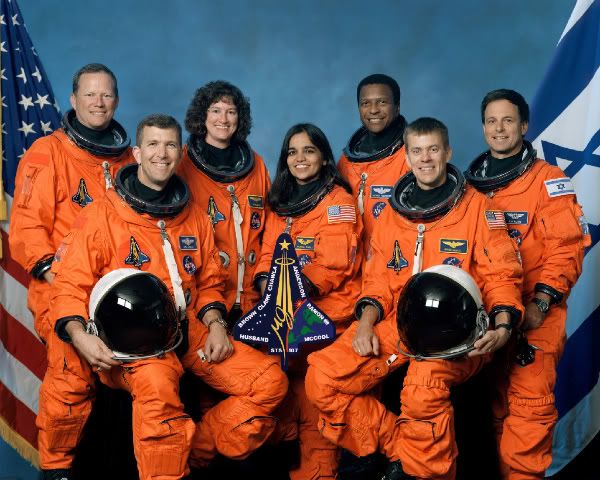
Remember them not for how they died but for those ideals for which they lived.
Ad Astra Per Aspera
Join Miles O'Brien as he talks to SpaceX founder and CEO Elon Musk
AIAA Asks Student Orgs for New Posters for FXB Atrium
0 comments Posted by greglw at Sunday, January 24, 2010On Wednesday, January 20th, the leaders of Aerospace student groups received a email densely adorned with multicolored bold text asking them to produce new posters for display in the FXB Atrium.
So Winter Aerofest was last Wednesday, which was interesting. Aerofest is an event put on by AIAA to showcase the department's student groups and give them an opportunity to recruit en masse - with pizza. Each group makes a 5 minute presentation and displays a poster in the atrium for inspection afterwards. The winter aerofest is always slightly less lively than aerofest in the fall, just because many students/freshman have already committed to the groups they will work for. Nevertheless, it was informative, and I enjoyed seeing the naked hanging tongue of MASA's vice president boldly displayed on the questions page of a presentation for I think the third time at Aerofest.
On Tuesday, January 12, we were privileged to have Jeffrey Manber, the CEO of Mircorp, give a speech on whether or not venture capitalists will make it in space. The hour or so long presentation opened up our minds (well, mine, at least) to the potential vastness of private space industry or the space industry in general. Walking into the hall, I only had a vague idea as to what topics would be discussed. (Capitalism is such a big word. It makes me think of lightning rods on top of tall buildings. I am not sure why. . . )
Mr. Manber's speech preached realism in a society that focuses far too much on idealism. He spoke of the private industry's struggle against NASA (America's ONLY go-to guy about space) and how we need to commercialize the industry in order to create a palpable product. His talk was enlightening and interesting as we learned of a history with the Soviet Union that we had never heard of. I learned a lot about the role of space beyond the scope of NASA. For example, Mircorp, a commercial company involving the Russian space program,launched their own independent space station in 2000. (It was later decommissioned in 2001.)
Anyway, the point is that Mr. Manber had a valid point. There are a few truths we have to face:
1) The Shuttle is being decommissioned soon and the Soyuz will be the only way for us to get to the ISS, meaning that we will have to rely completely on the Russians. Which isn't me trying to preach hatred towards the red, but rather me pointing out that we are the greatest nation on the planet and we should have the upper hand on this, as well as everything else in the world!
2) There is a seven year gap in the space program which may have been preventable if we had opened up to commercialization earlier.
3) Despite my love for NASA (which I have a ton of), they should have put in more efforts to foresee this issue.
Possible solution: allow for the commercial industry to work directly with a NASA who will lead and guide, not overbear. This will be effective, especially amongst the time lapse.
I shall end with a quote and a thanks.
"My vision of space is to have a private marketplace where competition thrives."
Thank you, Jeffrey Manber for coming out and enlightening us on the cold, fateful day of January the twelfth.
Labels: Politics
